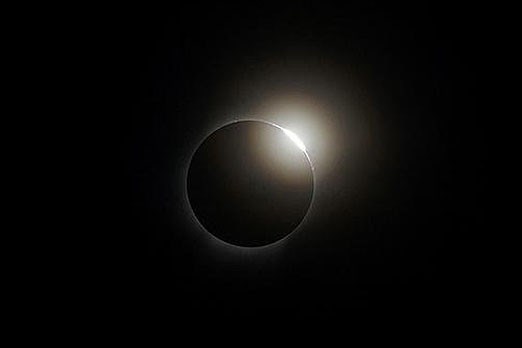Astronomer Dave Gallant says Thunder Bay is in for a treat with the partial solar eclipse of the sun this weekend.
Just after 8 p.m. on Sunday, the moon will move in between the Earth and the sun creating a partial eclipse. The last time an eclipse happened in this region was about 18 years ago.
“It is a fairly rare event for North America,” Gallant said.
The view of the eclipse all depends on the weather. He said the eclipse will happen as the sun is setting so the best viewing will be when there’s a low horizon because then people will be able to watch it for longer.
The hope event should take less than an hour, he said.
Gallant warned people to use protective eyewear and not to look at the eclipse with the naked eye.
He said there are a couple of ways to view the eclipse such as making a pin whole camera. He said there’s a lot of websites that offer tips on how to make the camera and that way people can watch the eclipse without damaging their eyes.
The only time someone can look directly at an eclipse is when the moon is completely in front of the sun but only for those two or three minutes, he said.
The next solar eclipse visible from Thunder Bay should be around 2014 while the next full eclipse will be visible in the United States in 2017.
